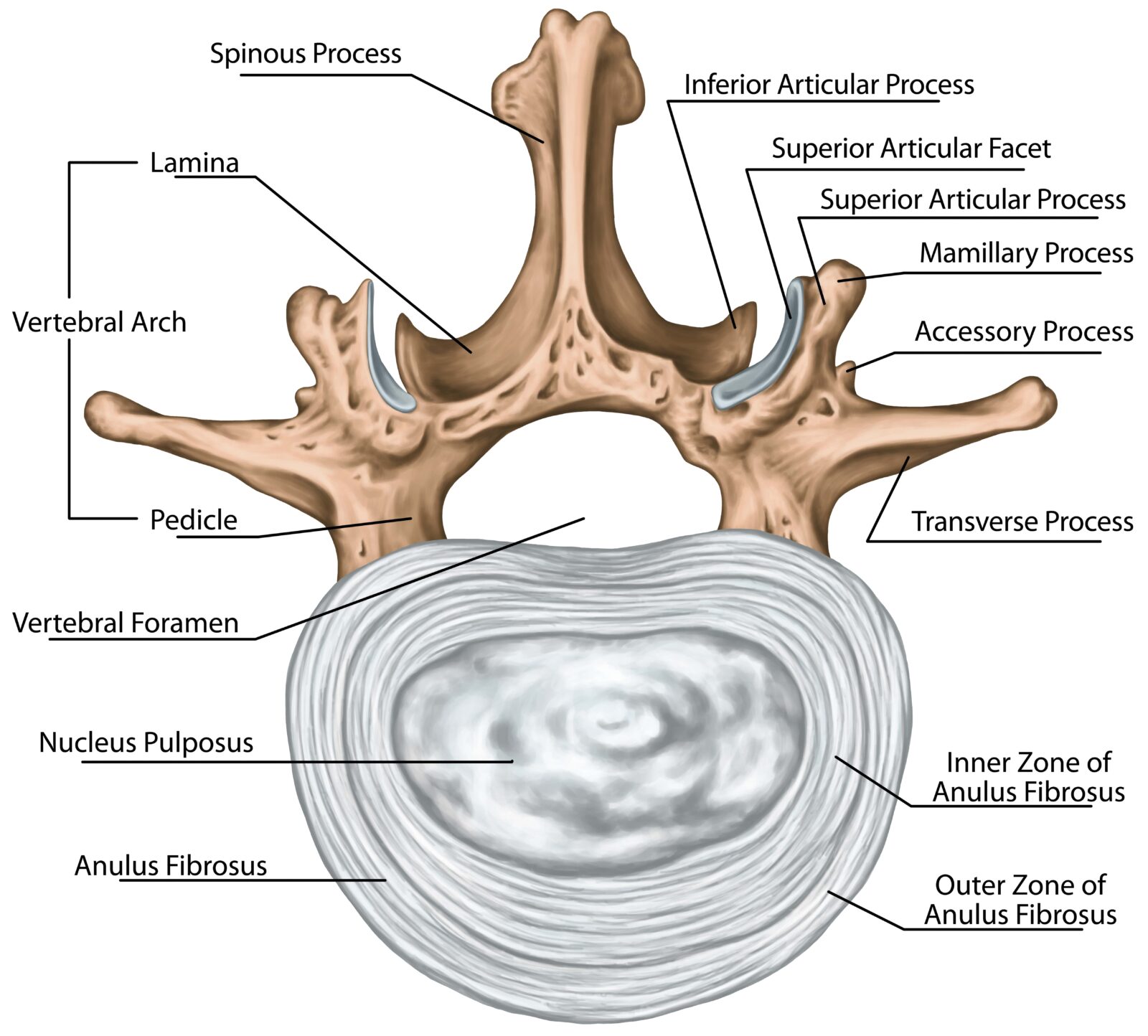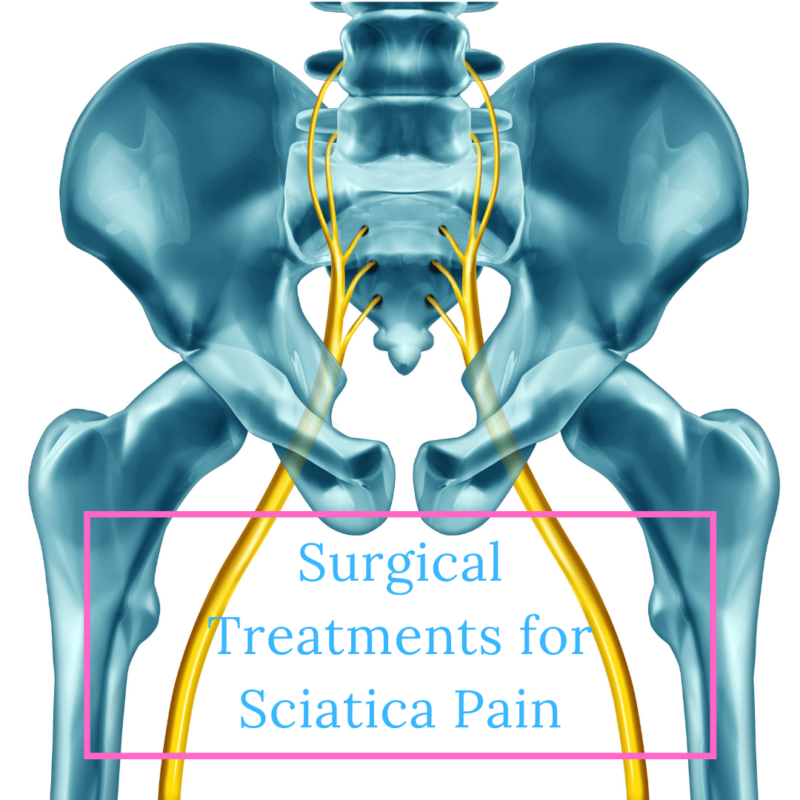Sciatica is a condition that can be very painful and debilitating. If you are experiencing sciatica pain, you may be wondering if surgery is the right option for you. In this blog post, we will discuss the different surgical treatments for sciatica. We will start by talking about when surgery is necessary, and then we will discuss the different surgical techniques that are available. Keep in mind that not everyone needs surgery to treat their sciatica; in many cases, nonsurgical treatments can be effective. However, if your symptoms are severe or if they have not improved with nonsurgical treatment, then surgery may be the best option for you.
When Sciatica Surgery is Necessary
The first thing that we want to discuss is when sciatica surgery is necessary. Generally speaking, surgery for sciatica may be recommended to treat the following conditions:
• Cauda equina syndrome (severe compression of the lumbar spinal nerves that can cause paralysis and incontinence)
• Tumors
• Infections
• Limited leg function due to pain, weakness, or numbness
• Severe lumbar disc herniation (significant nerve compression)
As a general rule, surgery is only considered when different combinations of nonsurgical treatments have been tried and exhausted with little to no success.
Sciatica Surgical Approaches
Next, we will discuss the different surgical approaches that can be used to treat sciatica. There is no one-size-fits-all surgical approach for sciatica, so your surgeon will choose the technique that they believe is best for you. These techniques include:
Microdiscectomy Surgery

If you are considering surgery for sciatica, the first option that we will discuss is microdiscectomy. This is a minimally invasive procedure that is used to treat a herniated disc. During this procedure, the surgeon will make a small incision (about one to two inches long) in order to access your spine. Then, they will remove or repair the damaged piece of your disc that is putting pressure on your sciatic nerve root. This can relieve pain and improve function.
Lumbar Decompression Surgery
The second type of surgery that we will discuss is lumbar decompression. This is a more invasive procedure than microdiscectomy, and it is used to treat conditions such as spinal stenosis or herniated discs. During this procedure, the surgeon will make an incision in your back and remove part of the lamina or any bone spurs that are causing pressure on your sciatic nerve roots.
Laminectomy Surgery
The first type of lumbar decompression surgery that we will discuss is a laminectomy. This procedure is used to treat spinal stenosis, which can be caused by many different things including arthritis in the spine, tumors, or spine injuries. During a laminectomy, the surgeon will remove the lamina (the bony roof of the spinal canal) in order to relieve pressure on the nerves.
Foraminotomy Surgery
The second type of lumbar decompression surgery that we will discuss is a foraminotomy. This procedure is used to treat conditions such as spinal stenosis or herniated discs. During this procedure, the surgeon will make an incision in your back and remove overgrown bone from the neuroforamina, the bony openings that the nerves pass through (also known as the vertebral foramen). Enlarging these bony openings provides more space for the nerves and decreases nerve compression.
In Conclusion
Surgery for sciatica is only considered as a last resort for those who have not found relief from other treatments. There are many different surgical techniques that can be used to treat sciatica, so your surgeon will choose the one that they believe is best for you. If you are considering surgery, please talk to your doctor about which procedure would be the best fit for you.










